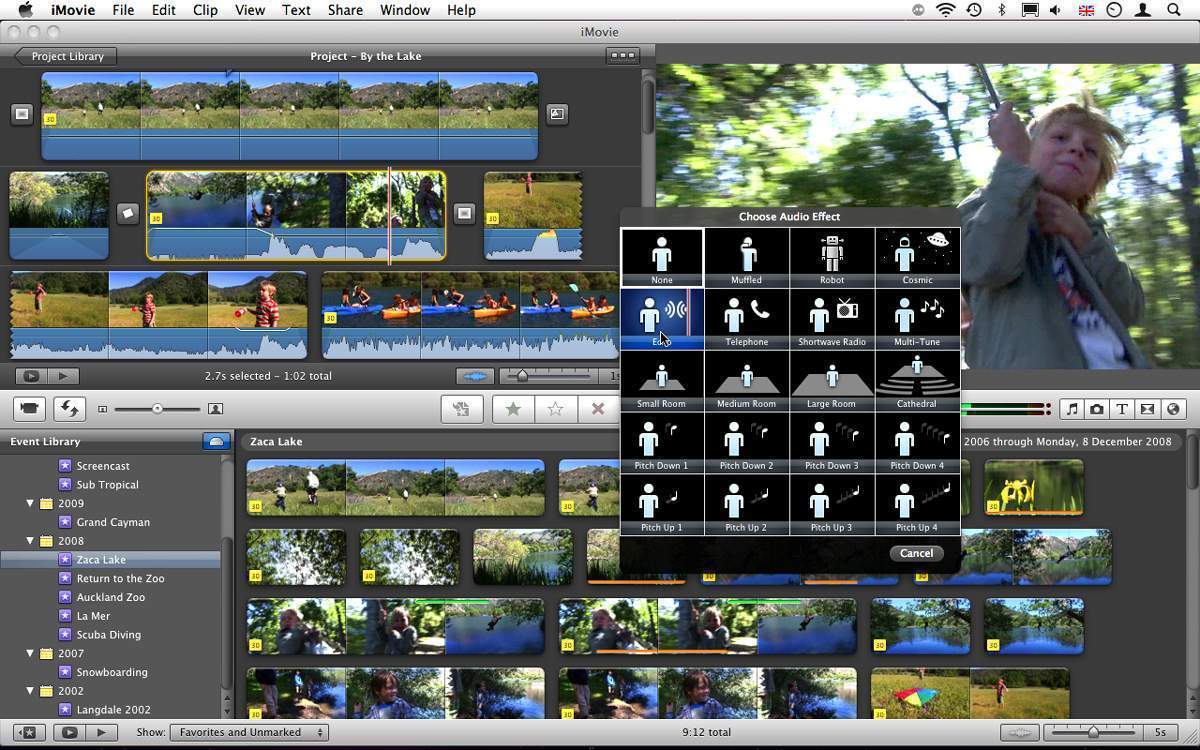

VolumeIcon.icns files), and a Finder is now ignoring those. I had custom icons for my file shares setup (via.
#SYNOLOGY SOFTWARE FOR MAC UPDATE#
I’ll update this if anything new comes up (namely a DSM upgrade), but do leave a comment below if you have any comments/insight.Test out and see if this made any difference! Include = /var/tmp/nginx/Īll done! If your shares are still visible on your Mac, disconnect them and mount them again. You may also look into the log and check if all seems to have run ok:įinally, testparm and press Enter should show you the computed parameters in the current Samba session, just scroll up until you see the global options and these parameters should be there. conf file above, issue this to restart the Samba server: Then check if it looks ok:Ĭat /var/tmp/nginx/ Restarting the SMB serviceĪfter editing the. Press Escape to exit editing mode, type in :wq to write and quit VIM. When VIM opens, press i to enable text entry and paste the required parameters, listed below: vfs objects = fruit Open it up with VIM ( note: this is not a common text editor, if you have never used it before, search for a how-to online): So, in order to this, create the missing included conf file: This way, this will survive SMB settings edits and hopefully also DSM upgrades. This file is /var/tmp/nginx/, that you can see in my default smb.conf file: While trying to make this work, I’ve found that if you change the global /etc/samba/smb.conf file, by adding the parameters below, those will be all messed up after any changes are made to SMB settings via DSM UI.Īlthough it probably won’t matter, I’m using a workaround by placing these configuration parameters not in the main file, but in a file that it includes by default and that is not being used if you’re not using Netbios (it wasn’t in my case). You’ll need elevated privileges from hereon, so issue sudo -i after initiating you SSH session. usr/syno/sbin/synoservicecfg -start sambaĪlso note that upon restart SMB shares will be available using default configurations and only by the end of the boot process the new configuration will be applied and the Samba service rebooted. usr/syno/sbin/synoservicecfg -stop sambaįruit:resource = file" > /var/tmp/nginx/ Give this task a descriptive name:Ĭheck “ Enabled” Select the “ Task Settings” tab and paste the following script in the script box: #!/bin/sh Create a new “ Triggered Task“, the user as “ root” and select “ Boot-Up” as the trigger. This method is done by using only DSM > Control Panel > Task Scheduler. This method also assumes that you’re not using NETBIOS, but applying the changes directly to the main smb.conf file should probably work as well (untested).

You’ll have to run it manually using Task Scheduler after reboot for now. Updated: a Simpler Wayīelow are TL:DR instructions to understand what is happening do read the rest of the article, but this method works just fine, although it doesn’t run on boot (can’t say why, though). # Warning 4: This may affect Time Machine backups – to be confirmed. # Warning 3: Please understand that Synology does not support this out-of-the-box probably because it is untested. # Warning 2: This change is not permanent, but it does persist after changes made to SMB settings via DSM UI. If you don’t use it often, disable it after use. # Warning 1: make sure you know what you’re doing while using SSH. In order to activate this module, you’ll need to SSH your NAS and change the smb.conf file in accordance. The most common issue is the non-existent activation of the vfs_fruit Samba module for SMB3.x connections on Synology NAS’.

MacOS Finder has been notoriously slow handling some Samba file shares, and Synology users are well aware of this.


 0 kommentar(er)
0 kommentar(er)
